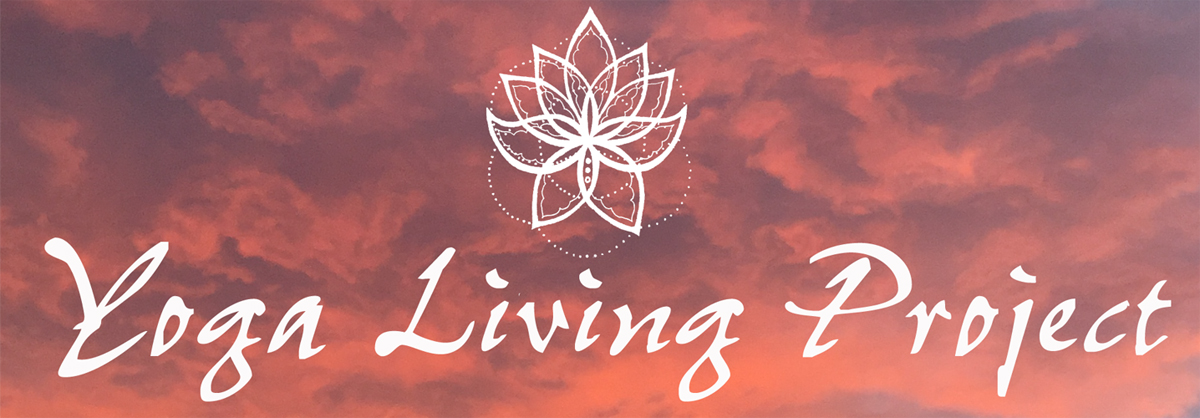This week's installment of Yoga Living project is brought to you by Suzanne Mariska, as she shares poignant yet graceful thoughts on a yoga practice in the midst of the pains of life. If this stirs something in your heart and inspires you to contribute, email Austin at
Yoga in the Darkness: How to Practice When Life Hurts
I love big, happy, group classes. They’re common at cambio. Energetic and lighthearted, these practices begin with laughter, hugs, and high fives, and we emerge from our savasanas refreshed and relaxed, ready to take on the rest of the day.
These moments are a lovely part of yoga, and gratefully, they happen often.
But we all know life ain’t always rainbows and unicorns.
Neither is yoga.
Yoga asks us to be fully present in both pleasure and pain. For most of us, the pleasure part is easy. It’s when we are dealing with painful or scary emotions, going through a breakup or an illness, suffering from overwhelming grief, feeling unloved, unworthy, or incompetent, that the yoga gets hard. We want to run away or freak out, to numb ourselves with food, TV, or substances. We want to retreat to habits and relationships that are unhealthy but comfortable. We want to go back to bed. Because getting back on the mat or the meditation cushion means we have to be present with the pain, acknowledge it, and sit with it. And that just hurts.
The catch is, though, if you can get through that part (you know, the one where you want to cry or scream or take 5 shots of tequila – or maybe that’s just me?), you will find yourself in a new light on the other side. It’s the most profound magic that yoga gives us – this ability to grow into beauty, like the universal yogic lotus, from life’s most disgusting mud.
The technique is using breath and calm awareness in the presence of pain or fear. This practice can at least get you through a terrible feeling without freaking out too badly. And at best, you can expand your consciousness so that the pain or fear becomes smaller relative to your expanded awareness.
Consider the story of a student who asks her teacher, “How do I stop feeling so unhappy all the time?” The teacher tells the student to put a teaspoon of salt in a small glass of water and take a drink. The teacher asks, “How does it taste?” “Terrible!”, he student replies. “Now put a teaspoon of salt in the lake and take a drink”. The student does so, and the teacher asks, “Can you taste the salt?” “Of course not!”, the student replies. The teacher’s eyes become soft and kind. “My dear, we cannot change the amount of pain in life. All we can do is expand the container into which the pain goes.”
When we are in pain, we often respond by making ourselves smaller or less powerful in some way. We do this by numbing ourselves, acting out, or avoiding the painful situation. When we do this, we are the small glass, and the taste of salt is overwhelming. If, however, we are brave enough to allow for our own growth, we can expand ourselves into the lake, and we taste the salt less and less.
So how do we become a lake? Yoga gives us the most simple, the most powerful, tool to start with – the breath.
In yoga class, you learn to use the breath to release your muscles. When you follow your yoga teacher’s instructions to “breathe into your low back”, your low back muscles may become less tense, because you have expanded your awareness in your low back. In the same way, you can breathe into your broken heart, or your fearful abdomen, or your over-analyzing mind. The yoga masters say that we can expand our consciousness into complete bliss and well-being, unattached to the dramas of life while still able to exist within the world. And in truth, the more we practice yoga, regularly, over time, and with dedication, the less attached we become to the outcomes of things.
The work of yoga is not a magic pill. It doesn’t take pain away quickly or easily. Yet with continued practice, patience, and time, it works better than anything we could temporarily numb ourselves with. The only way to get there is to practice. Practice when you go to big, happy, group classes and practice when you are alone and in tears. Practice in the darkness and in the light, when it’s easy and when it’s hard, and in all the in between times. Let your practice become a refuge and know that it will help you.
*************************
Here’s a simple practice to try:
Sit in a comfortable, upright position. You may choose to close your eyes. Take several deep, full breaths. Slow down the inhale. Slow down the exhale. Use as much of your lungs as you can without feeling strained.
Now scan the body, and notice any feeling of pain or tightness. Let yourself feel that feeling for a moment, and trust that it will be ok. Now visualize the breath of your inhale moving into that area, gently. Imagine that on each inhale, the breath softly breaks up the tightness and expands that area. Imagine that on each exhale, that expanded place softens and relaxes. The inhale expands, the exhale softens. Take several breaths in this way.
When you feel complete, open your eyes if closed, stretch, and move into your day.

